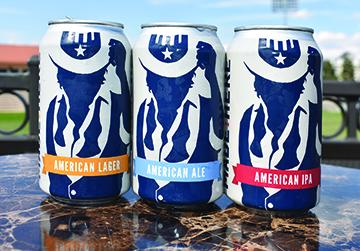


GOLD Over America Tour

On Havana Street

Bourbon & Beer
Special Chamber Event Featuring Two New Members
Bourbon & Beer Afternoon Tasting Experience Comes To Glendale



 The Greater Glendale Chamber of Commerce, in partnership with Made Here Beer and Bardstown Bourbon Company, have a special event planned for Wednesday, August 25, 2021. The Bourbon & Beer Afternoon Tasting Experience will be held at the Try Club at Infinity Park from 4 p.m. to 6 p.m. The cost is just $20 per attendee.
The Greater Glendale Chamber of Commerce, in partnership with Made Here Beer and Bardstown Bourbon Company, have a special event planned for Wednesday, August 25, 2021. The Bourbon & Beer Afternoon Tasting Experience will be held at the Try Club at Infinity Park from 4 p.m. to 6 p.m. The cost is just $20 per attendee.
Representatives from Made Here Beer and Bardstown Bourbon Company will be on hand to talk about each of their products and pour samples for each attendee. Made Here has three beers on the market: Lager, American Ale, and IPA. Bardstown will have three different types of bourbons.
You must be 21 years of age to attend. Visit www.bourbonbeerafternoontastingexperi ence.eventbrite.com to purchase tickets. Try Club can be accessed by entering the Glendale Sports Center at 4500 East Kentucky Avenue.

